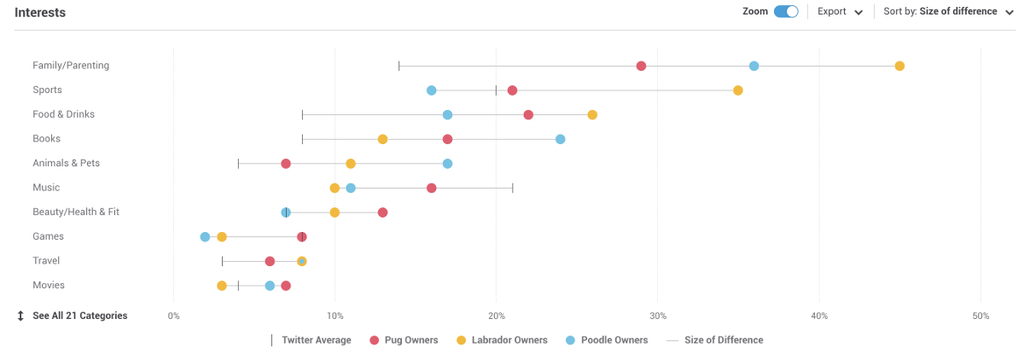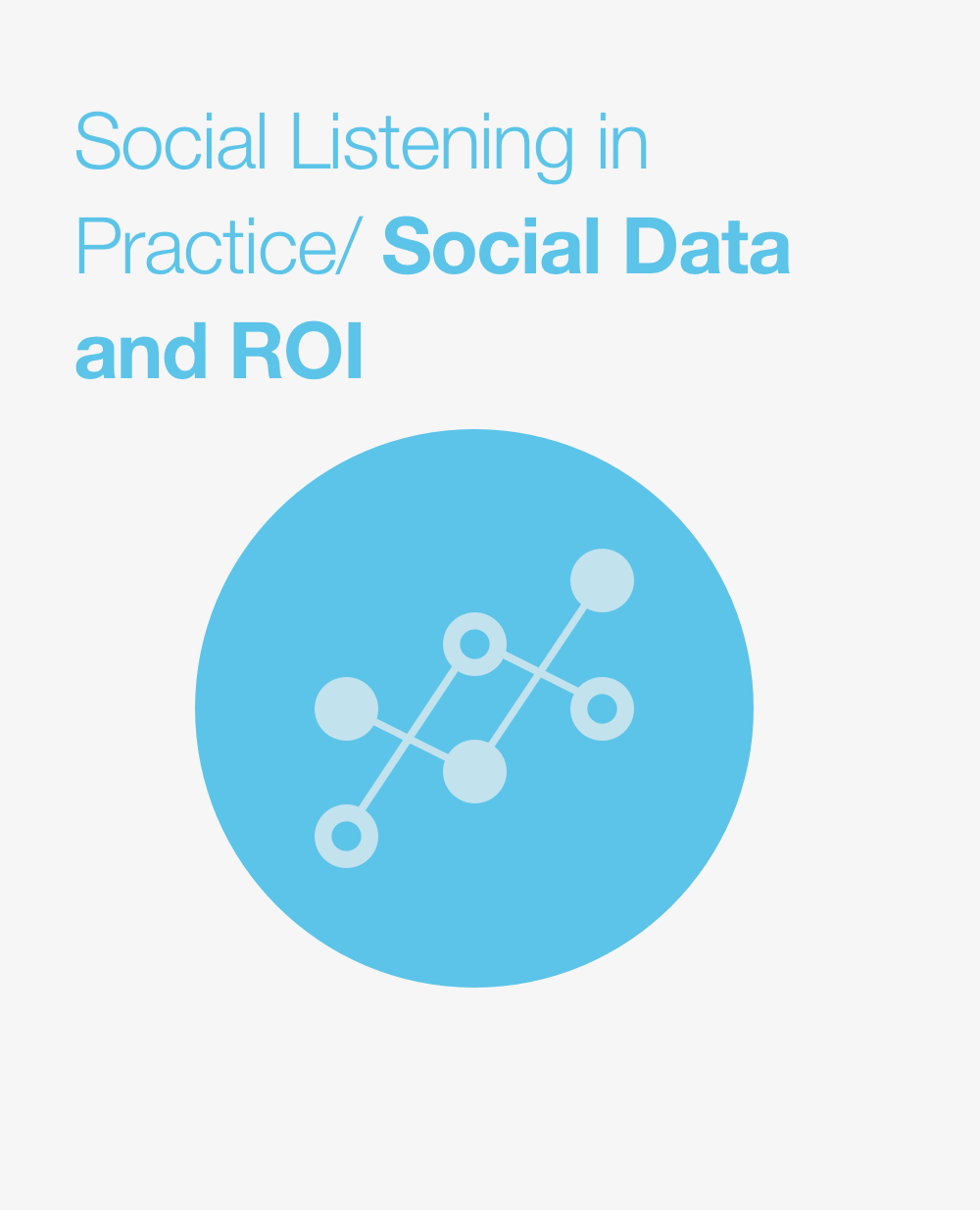Previously in our Marketer of 2018 series we’ve talked about customer experience and making data-backed decisions. This week we’re onto ROI and social data.
Obviously here at Brandwatch we believe social data is incredibly useful and powerful. It’s versatile too, meaning it can be used in all areas of your marketing. In this blog post and our latest guide, we want to talk about how it can be used to improve the ROI of various activities.
Issues with the usual approaches
All too often, as a digital marketer, you have to rely on trust.
You put a huge amount of effort into making the best content for your campaigns, but you can’t tell if you’re getting it in front of the audience that it’s designed for, or how effective your messaging is, until you’ve got the results.
As a result of this, a lot of decision making and strategic planning revolves around testing and iterating. You can improve your ROI by repeating what worked and dropping what didn’t.
There’s two key issues with this approach.
Firstly, it’s throwing time and money at half your marketing that didn’t work.
Secondly, you’re basing your improvements on the hard success metrics you can track. But how much do those metrics actually tell you about your ROI?
As Tom Goodwin suggested, “We may have to be open to the idea that attribution isn’t actually possible.” Basing your future activity on attribution data doesn’t make sense because you don’t know how much of a purchase decision was actually based on the final touch point of a customer journey.
A lot of the ROI from your marketing comes from further upstream and any extra insight into this will help.
The usefulness of social data

Goodwin raises some serious, and valid, concerns about reliance of data in marketing operations. But data, and social data in particular, can provide intelligence that informs so much more than just a programmatic approach to advertising. It’s this social intelligence, when it’s used right, that can dramatically improve the ROI of your campaigns.
Social intelligence offers the control you need to implement digital marketing at scale while retaining a human touch. It also gives you unique insights you can’t get elsewhere. We talk about anything and everything online. As marketers we can use social platforms as a kind of focus group, looking into any topics we want whenever we want.
It can also inform creative content by showing you how your target audience speaks and what they care about. Instead of repeatedly interrupting your audiences’ conversations with your own brand message you can find out what other things they’re talking about and join the conversation. This also means you can create content that actually resonates with your customers.
A different way to research
Using social data can also make previously difficult tasks simple. Tasks that have a positive effect on ROI.
It better equips you to target niche, hard-to-reach audiences with a highly relevant message that actually speaks to their needs. You can find people based on how they self identify in their bios or the specific topics they talk about. You can then learn more about how they feel about your products, or your competitors’ products, so that your content speaks to what their passions and pain points are.
It can also reduce waste from metrics skewed by bots and fake accounts. You don’t need to simply trust a ‘black box’ advertising tool that tells you you’re going to reach a group of dog owners. You can build the audience yourself and segment it by breed, or find people who have service dogs, so you’re always confident you’re going to be talking to the people that matter and actually exist.

And it can open up a raft of possibilities that allow us to become more tactical in our approach to social advertising, such as targeting the best influencers, creating personalized user-generated-content campaigns, and retargeting customers based on their previous interactions with your brand.
Ultimately it gives us a new way of looking at people and how we connect with them.
The successful marketer of 2018 isn’t going to be the one that puts all their trust in external data to make their decisions. It’s going to be the one that understands how to ask the right questions of their data so they can take control of their ROI by running campaigns they know are going to have the impact they desire before they start running them.
Taking social data seriously puts you in good stead to just that.
